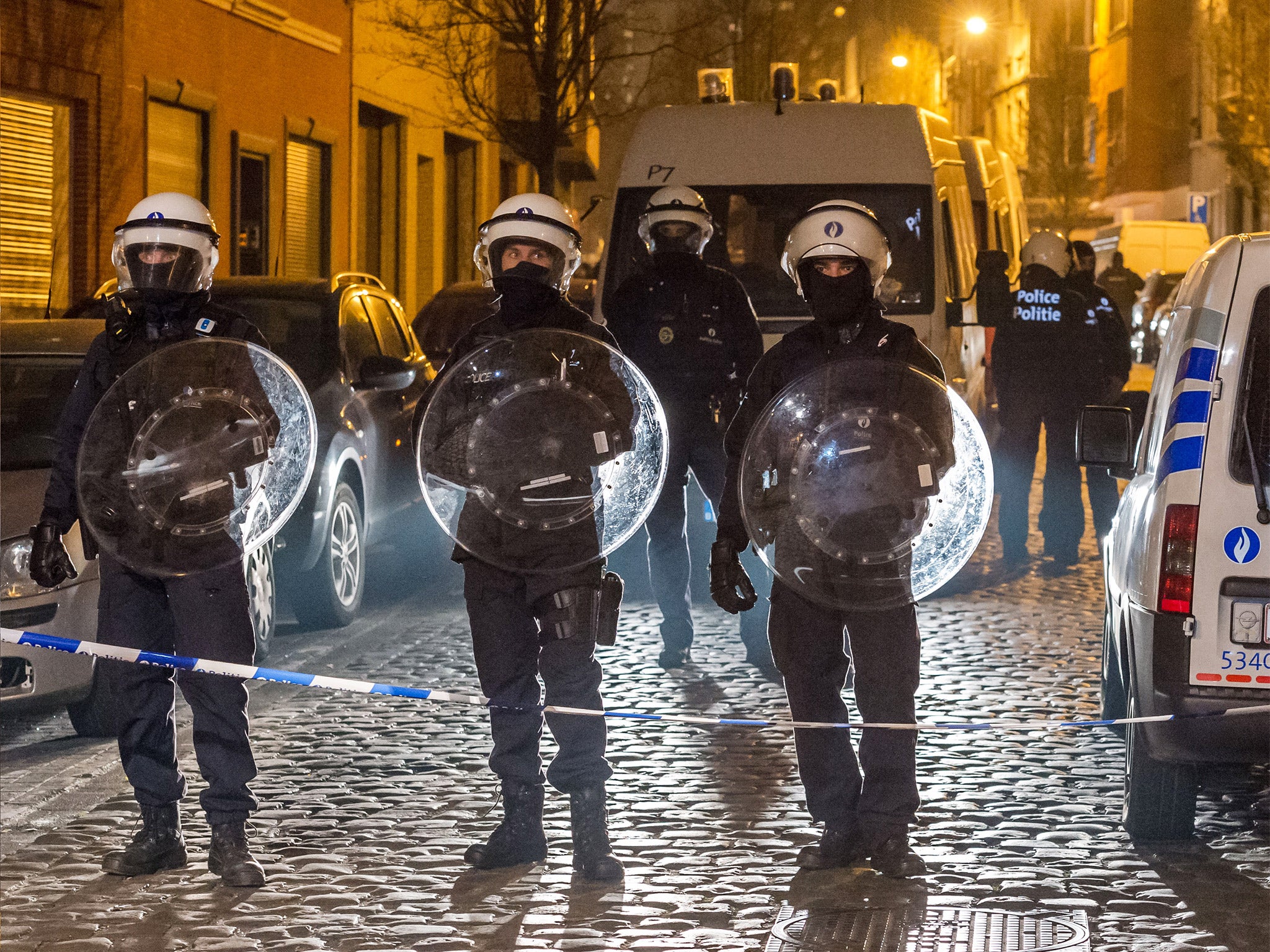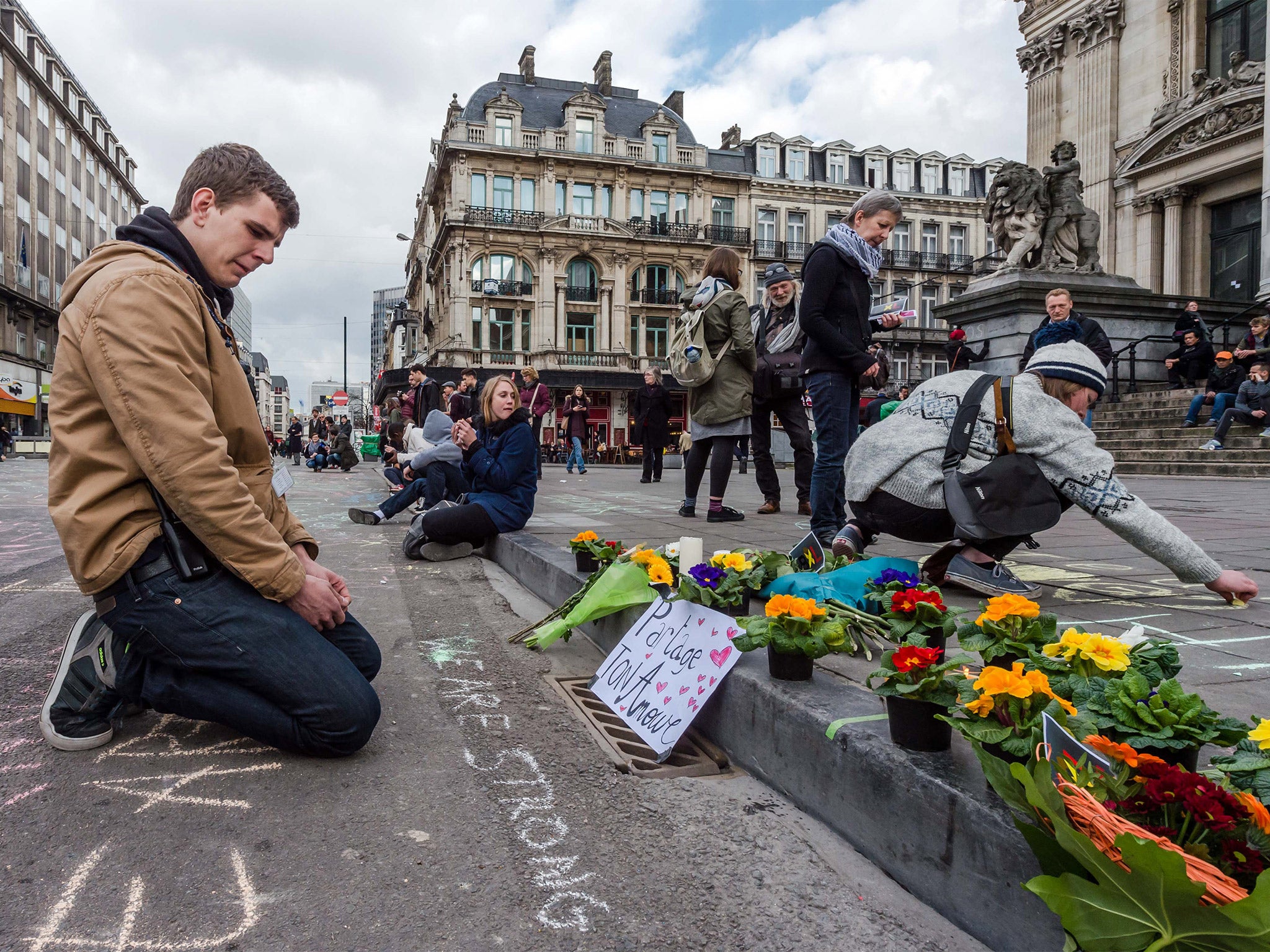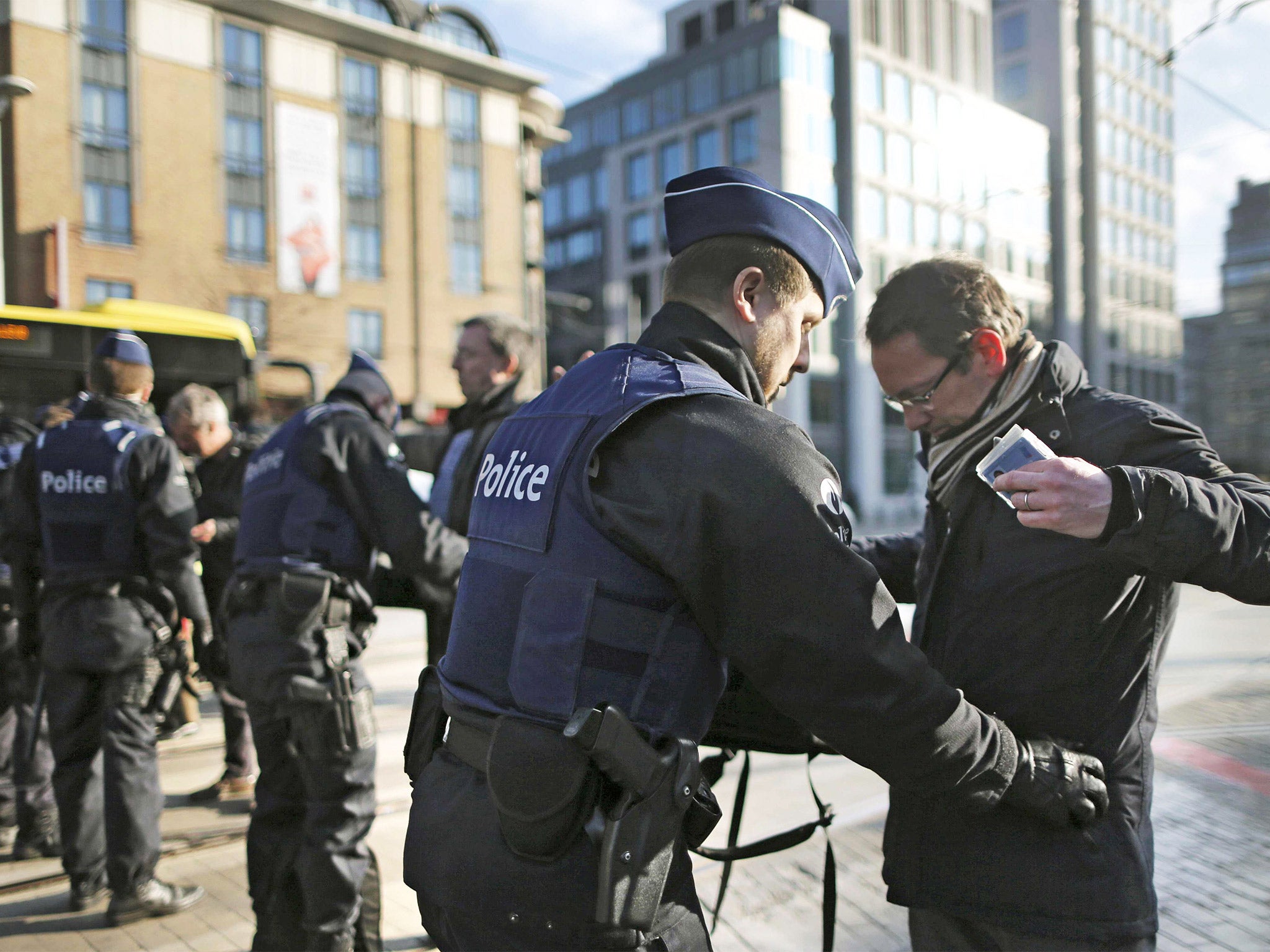Brussels attacks: Trails of death and destruction all lead back to Molenbeek
Atrocities a harsh reminder that Islamic extremism has deep roots in parts of the Belgian capital

The threat to Brussels was always there, but no one wanted to believe it. As the shaken Belgian Prime Minister Charles Michel noted grimly, “What we feared, has happened.”
The attacks were a harsh reminder, in the heart of Europe, of the unforgiving nature of modern terrorism, as well as the sinister links between the Belgian capital and Islamic extremism.
The threat was certainly there the day after the Paris attacks on November 13, when Belgian police raided homes in the notorious Molenbeek district of Brussels. They had already connected the dots from Paris to Molenbeek which had long been known as an incubator for Islamic terrorists.
It was in Molenbeek, a poor, marginalised neighbourhood with a large Muslim population, that investigators believe the Paris plot was hatched by Abdelhamid Abaaoud, the Belgian-born son of an immigrant shopkeeper from Morocco.
Abaaoud was part of a web of Belgium-based foot soldiers, whose exploits have left a trail of death and destruction across Europe. And beyond, as well: around 500 young Belgians have gone to Syria to fight for jihadist groups like Isis. Compared to its population, no other European country has sent more foreign fighters.

Despite the long history of Islamist extremism in Belgium, until the Brussels atacks there were few attacks on Belgian soil. But there has been significant involvement in atrocities elsewhere. There are Belgian links to the murder of the Afghan anti-Taliban fighter Ahmed Shah Masoud – just before the September 2001 attacks in the US – and to the Groupe Islamique Marocain Combattant (GICM), which had a major role in the 2004 Madrid train bombings. In 2005, Muslim convert Muriel Degauque, became the first known female Western suicide bomber, when she blew herself up in Iraq.
The Belgian connection was laid bare in last year’s trial in Antwerp of Fouad Belkacem, the leader of the radical group Sharia4Belgium, which claimed to be an Islamic information network, but was actively recruiting fighters for Syria. It was the largest trial of its kind in the country: 44 other members of Sharia4Belgium were given sentences ranging between three and 12 years, although most of these were delivered in absentia, as those involved were in Syria.
Most trails linking terrorism to Belgium led ultimately to Molenbeek. In May 2014, Mehdi Nemmouche, a French gunman of Algerian origin, killed four people at a Jewish museum in Brussels. He was later found to have been in contact with Abaaoud. Ayoub el-Khazzani, who in August 2015 was planning to attack the Thalys train service from Amsterdam to Paris, boarded the train in Brussels after staying in Molenbeek.
So last November’s police raids were almost inevitable. They began the first of what would add up to around 120 house searches and 58 arrests over four months, as investigators sought to root out the associates of the Paris attackers. Most searches were focused on Molenbeek, where two of the Belgian members of the gang were based, as well as three of the six French members.
The assumed ringleader of the Paris attackers, Abaaoud, 28, had grown up Molenbeek but went to school in the elite Collège Saint-Pierre in the affluent Uccle neighbourhood. He was eventually found in St Denis, Paris, in the days after the attacks, and died after a lengthy siege and shoot-out with police. The other Belgian was Bilal Hadfi, 20.

But of more immediate concern was the fate of Salah Abdeslam, the 26-year-old Frenchman, who apparently ducked out of a suicide attack with his companions in Paris. His brother, Brahim, 31, had gone through with the act, blowing himself up at the Comptoir Voltaire, yet Salah was on the run.
He was eventually captured in Molenbeek on 18 March, but for four months since November he was the most wanted man in Europe, as the only known surviving member of the Paris attackers.
Indeed, when police first learnt that he had headed from Paris back to Brussels, it prompted a three-day lockdown of the city – with metros, schools, cinemas and shopping centres closed, and soldiers patrolling the streets – as police strained every resource to track him down.

During those jittery days, the people of Brussels braced themselves for an atrocity like Paris. At the time, there were rumours of that Abdeslam’s suicide belt had failed, and that he was looking to redeem himself with a spectacular abomination. The spectre of Abdeslam hung over them, like the Sword of Damocles.
Four months later, it finally came to pass: on 22 March, two bombs ripped through the airport, and another obliterated a train in the city’s subway. It wasn’t Abdeslam – he is in a maximum security prison in Bruges – but it is all connected to him, Paris, Molenbeek and other killings.

When last November’s lockdown lifted, the city cautiously returned to normal – albeit with a continued army presence around key addresses. The Abdeslam trail went cold, and some suggested he had left the country. The city began to heave a sigh of relief.
15 March, questions about police efficacy were asked when a man thought to have been Abdeslam got away, along with an accomplice, after they were unexpectedly discovered at an address in Forest, south Brussels, that police had gone to search. A third terrorist at the flat, who drove police back with gunfire, was shot dead.

Then on 18 March, Belgians erupted in euphoria at the news public enemy number one had been captured. But even then, there were warnings that the celebrations may have been premature. Abdeslam claimed to investigators that he was planning a new attack in Brussels. But it is questionable whether he was leading those plans.
In any case, Belgian police warned that two other suspects remained free and on 21 March, they launched a manhunt for man presumed to have made the suicide belts for the Paris attackers. He was named as Najim Laachraoui, 24, and was known to have used the name Soufiane Kayal for a false ID. He is likely also to have made the bombs used at Brussels Airport and in Maelbeek Station yesterday.
Another Belgian, Mohamed Abrini, was also at large: he was seen in surveillance video with Abdeslam at a petrol station north of Paris, two days before the city was attacked.
The flat that police raided last week had yielded a cache of information for investigators, and on 21 March Abdeslam made clear, through his lawyer, that he would cooperate with the police, heaping even more pressure on the others on the run. Last Tuesday, With the authorities apparently close on their tail, the remaining Isis members probably felt they had to strike quickly before police closed in.
“These guys acted because of last week, the arrest of Salah Abdeslam,” said Pieter Van Ostaeyen, a Belgian researcher on Islamic radicalism. “It is not in retaliation over the capture of Abdeslam. It is rather that their cover might have been blown.”
Van Ostaeyen added: “I’m afraid that the police are just a few steps behind,” he said. “They were convinced that they stopped something big last week. And Isis probably wanted to show they can hit the heart of Europe at any time.”
Join our commenting forum
Join thought-provoking conversations, follow other Independent readers and see their replies
Comments
Bookmark popover
Removed from bookmarks